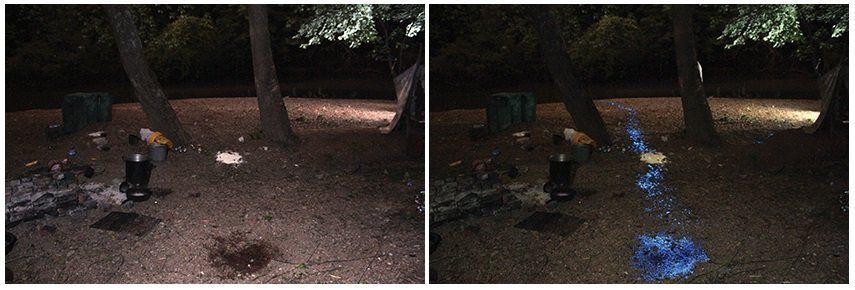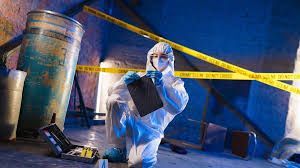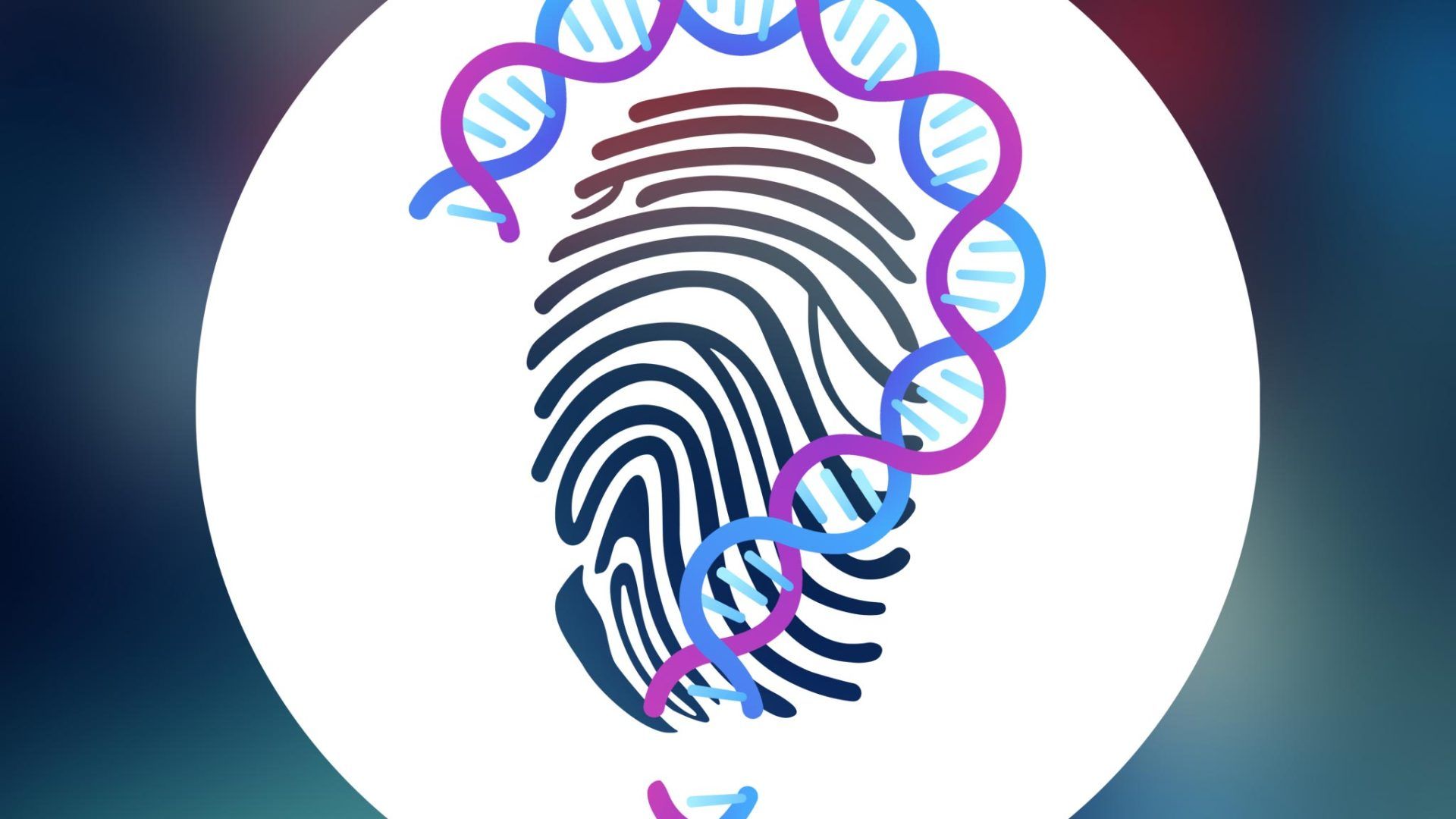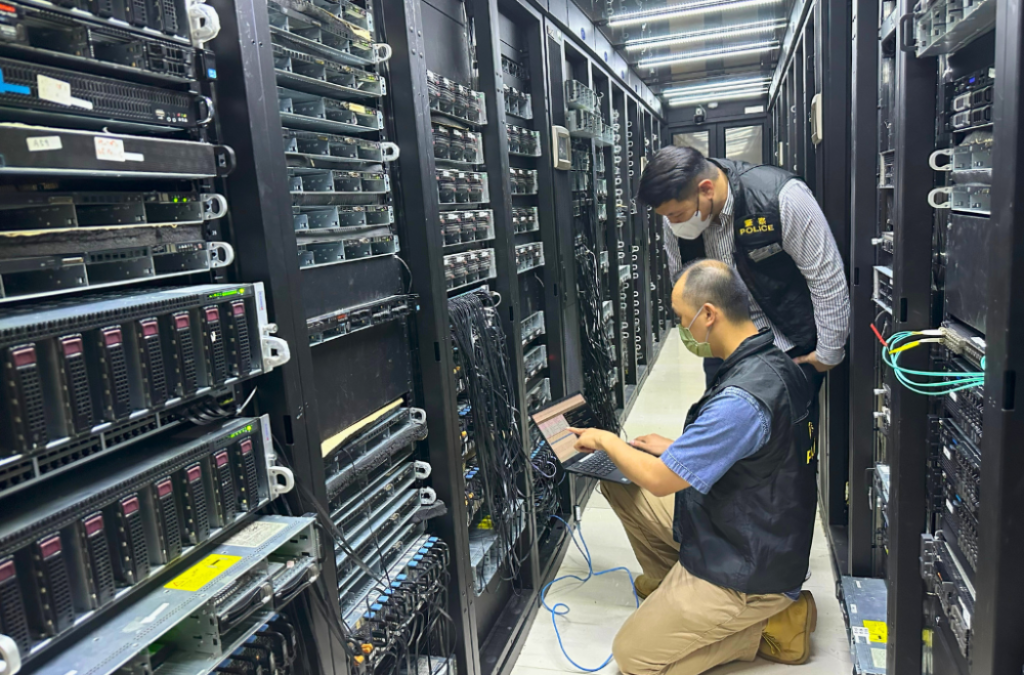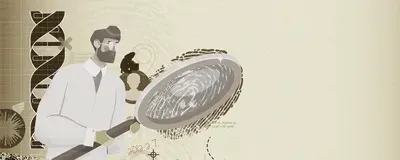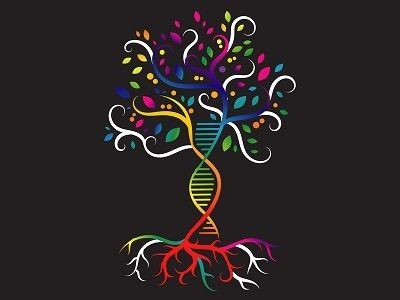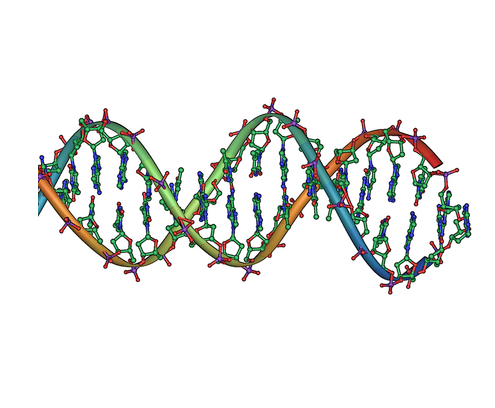In late summer of 2012, police officers in a small, Midwestern town were called to the scene of a homicide. The caller indicated they had been exploring the creek in a wooded area on the north end of town and located a deceased male weighted down by rocks in the creek.
The victim had significant wounds to the neck that appeared consistent with a large, edged weapon. Further examination of the area revealed an approximately 20-yard blood trail that led back to a large pool of blood in a homeless camp next to the creek. Police located a machete in between two trees near the blood trail. Investigators did the best they could to document the trail of blood in the daylight; however, due to the length of the trail, they were unable to show it in its entirety.
Investigators returned to the scene after dark in an effort to obtain a photograph of the blood trail utilizing Bluestar Forensic latent bloodstain reagent, a luminol-based blood-visualizing chemical that causes trace amounts of blood to luminesce. The process of photographing bloodstains in an outdoor crime scene requires several important pieces of equipment and adequate personnel in order to capture the luminescence after the application of the chemical, while at the same time illuminating the scene adequately enough for the viewer to appreciate the composition of the crime scene. This list includes:
- Digital SLR camera with a minimum of f/3.5 capability
- Tripod
- Cable shutter release cable or remote (for extended shutter times required)
- One or more external flashes
- Bluestar Forensic latent bloodstain reagent, minimum of two bottles of prepared solution in spray bottles
- Enough personnel to operate camera, flashes, and spray bottles
Several factors about the use of a DSLR in low-light scenes should be kept in mind when utilizing this technique. First and foremost, the camera settings must be set to the widest aperture possible and the lens must be in manual focus mode—otherwise, in near total darkness, the camera will attempt to focus itself by emitting light from the LED on the camera, which in turn can ruin the image. Second, a tripod and a cable shutter release or remote shutter release must be used in an effort to eliminate movement from holding the camera by hand or even by depressing the shutter for an extended period of time. In this case, because the scene was located in a wooded ravine with very little ambient light and no moon, the final exposure required a 255-second time frame. Without the tripod and cable release, the image would likely have been blurry due to movement of the camera. Prior to beginning the exposure, ensure your focus is correct by illuminating the scene with a light source.
